7 ways to prevent bed bugs from infesting your home
Here’s how you can prevent and contain a bed bug problem
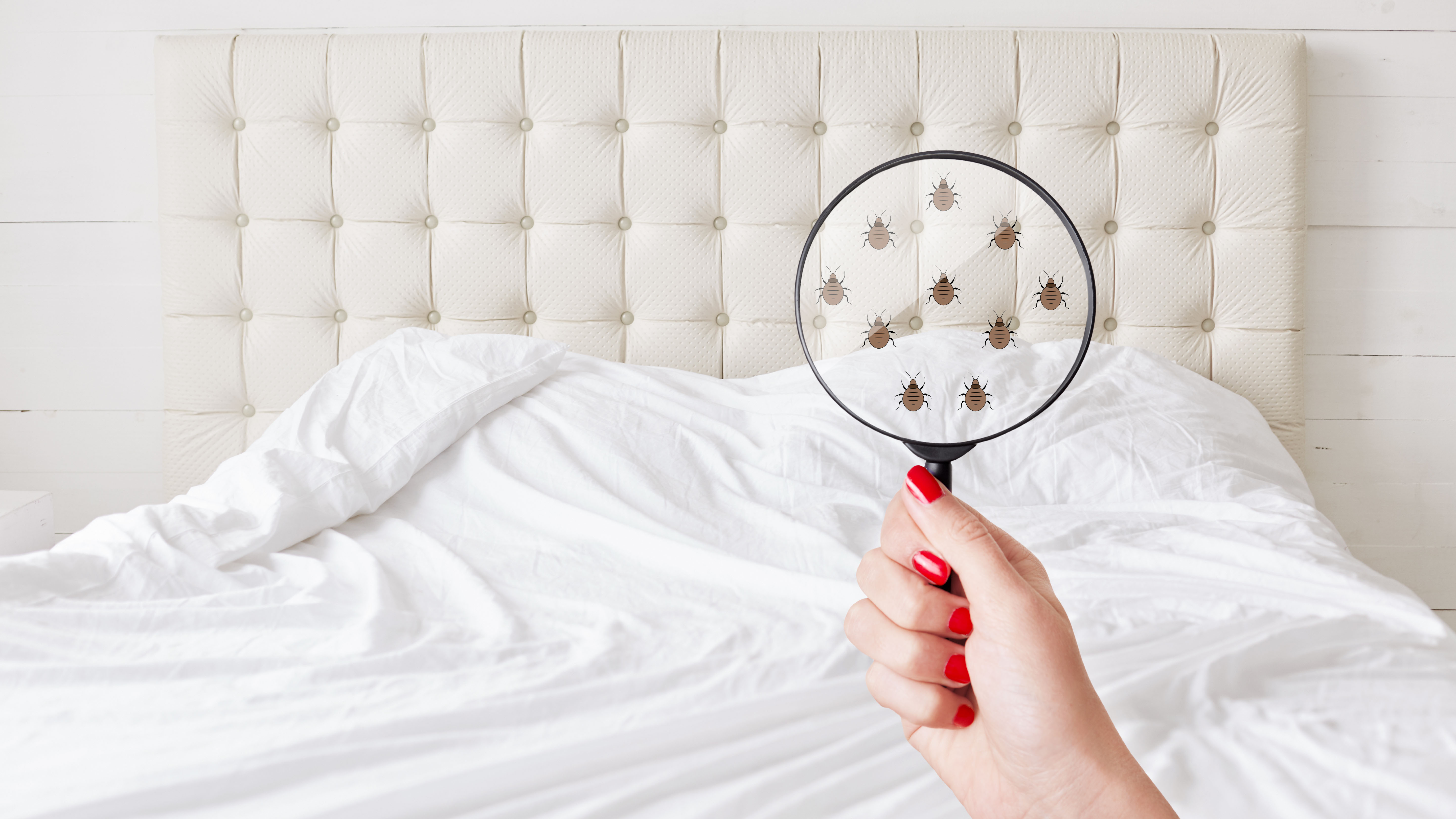
Since a surge of bed bug infestations in Paris and reports about a "global resurgence," concerns of bed bugs have been on the rise. But, truth be told, these blood-sucking insects have always been around, so they’re something we’re continually wary of, particularly when traveling.
If you’re wondering why bed bugs are such an alarming prospect, there’s a couple of reasons. First, it’s very easy to unknowingly carry them into your home — just take a look at 5 ways bed bugs can invade your home. And once they’re in, they’re immensely difficult to get rid of. Repeat applications are usually necessary to fully eradicate them, which can take months. Secondly, the thought that they feed on your blood while you sleep isn’t a pleasant one, which can lead to skin irritations and infections.
So what can you do to prevent bed bugs? Thankfully, there are steps you can take to stop these bugs from being introduced to your home as well as methods to keep the numbers contained should they find their way in. Note that, in the case of the latter, you will still likely need to kill any remaining bed bugs — see how to get rid of bed bugs for details on the best methods.
The following tips are good practice to follow if you have concerns about bed bugs; giving you peace of mind that you can prevent, as well as control and contain a potential infestation, if necessary.
1. Mattress cover
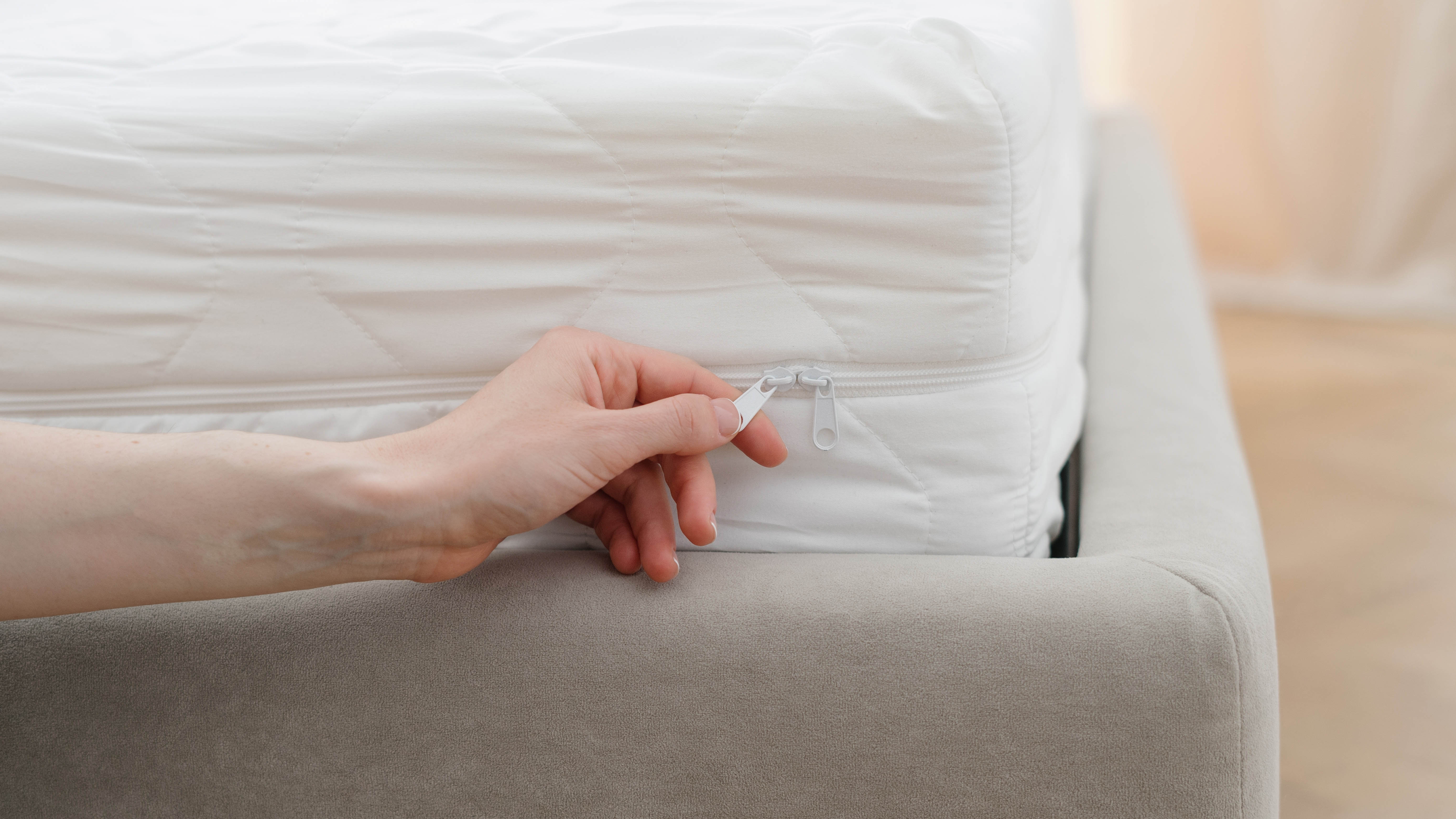
The first and likely most popular method of bed bug control is to invest in a zipped bed bug-proof mattress cover. Bed bugs generally live in and around our mattresses — this is an ideal spot considering they feed on us while we rest. So they can often be found hidden in crevices, even in the best mattresses. A mattress cover essentially contains the mattress completely (including the top and bottom and all four sides), so no more bed bugs can find their way in, and those trapped inside will eventually die. An example of this would be this Utopia Bedding Zippered Mattress Encasement Full ($21, Amazon).
But, bear in mind that bed bugs can live in all sorts of spaces around your bed, not just your mattress. They can be found in cracks in the walls, in the joints of your furniture and around the carpet's edge, so more preventive measures are a good idea. For instance, you can buy a box-spring protector (another place they’re often found) and bed bug traps which sit under the bed frame legs to stop them climbing, such as Bed Bug Interceptors ($27, Amazon).
2. Reduce clutter
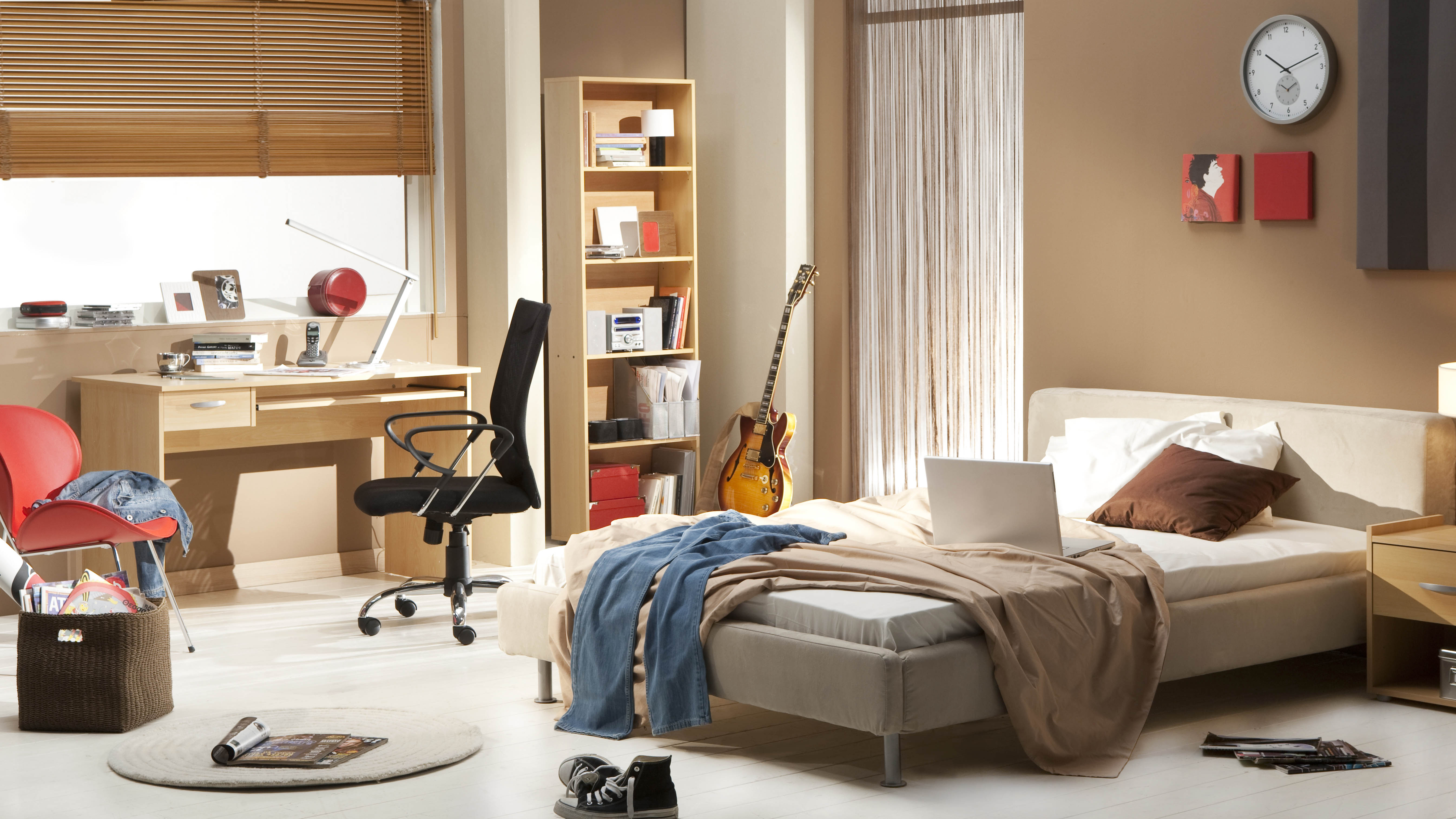
If your bedroom is full of clutter, you’re not helping yourself when facing bed bugs. In fact, you’re providing more places to hide, making the environment all the more suitable. Bed bugs prefer to stay out of sight while we’re active, so if there’s boxes or clothes permanently strewn across the floor, you’re supplying additional shelter as well as spaces to lay eggs.
Sign up to get the BEST of Tom's Guide direct to your inbox.
Get instant access to breaking news, the hottest reviews, great deals and helpful tips.
Even if your room doesn’t appear obviously cluttered, always check under your bed. If you’ve got cardboard boxes stored here, you’re giving the bed bugs a prime position to hide close to where you sleep. Bed bugs will happily situate themselves in cardboard boxes because they’re dark and often undisturbed. And seeing that they can live for up to 400 days without feeding, according to the UC IPM, even old cardboard boxes can contain the threat of bed bugs. Switch to plastic, sealed containers instead, such as these IRIS USA 12 Quart Stack & Pull Box ($26, Amazon), and keep the underside of your bed clear.
3. Vacuum, steam and wash
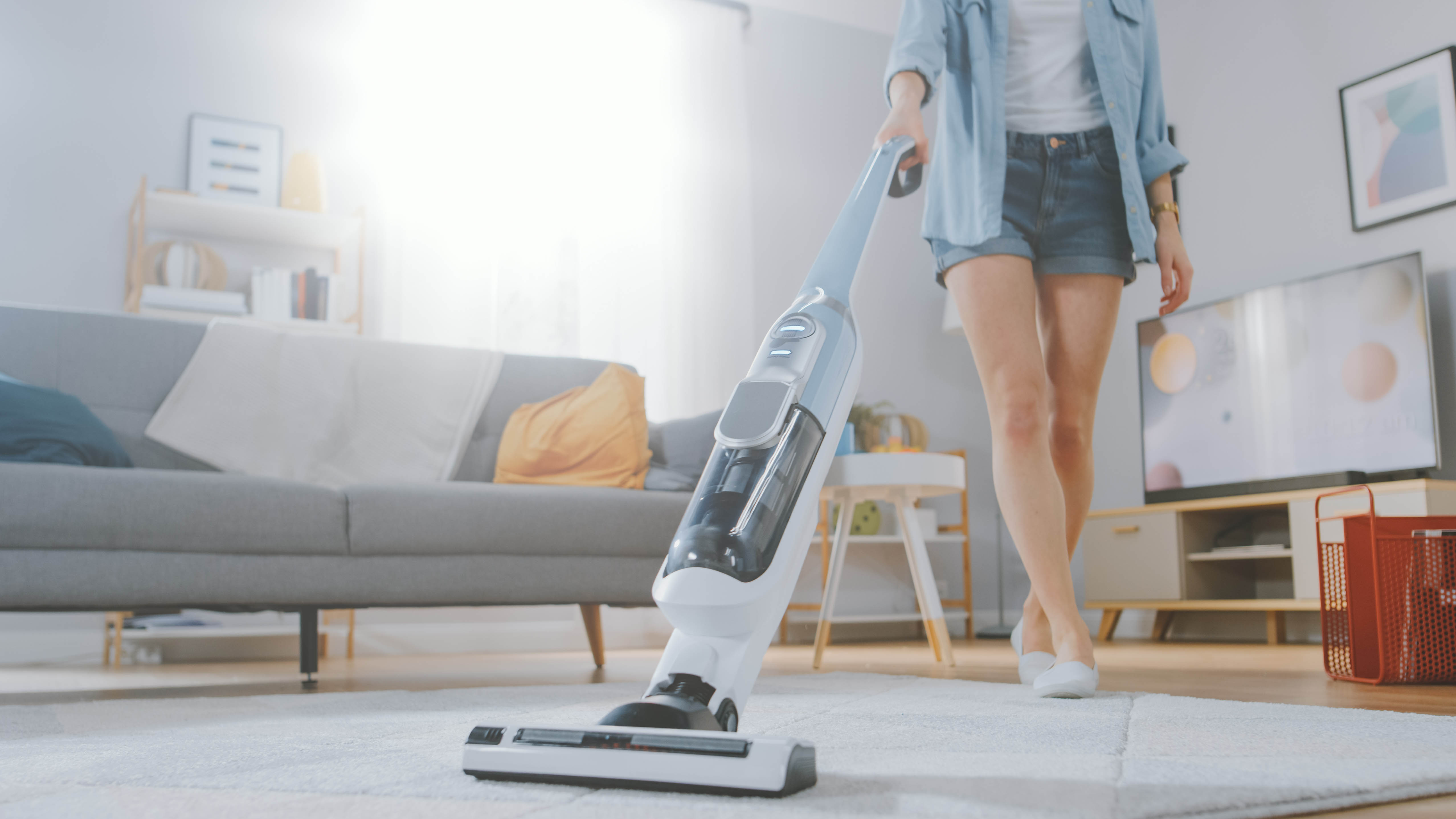
A clean house is just as likely to suffer from a bed bug infestation as a dirty one, but certain chores will reduce their numbers. For instance, vacuuming your floors, furniture and mattress with one of the best vacuum cleaners will pick up rogue bed bugs. This won’t kill them though, so you need to empty the canister between each run and do so carefully. Empty the contents immediately into a sealed plastic bag, and place it straight into the outdoor trash can. Vacuum regularly if you’re in the midst of eradicating bed bugs — at least once a week.
Heat is a well known method for killing bed bugs, and so a steam cleaner, such as this Dupray Neat Steam Cleaner Powerful Multipurpose Portable Heavy Duty Steamer ($149, Amazon) can be a handy investment. You can use this to steam your carpets and upholstery around the home, killing any immediate bed bugs in your path. Just keep in mind that the temperature needs to reach 130°F with a gentle air flow — otherwise you will just blow the bed bugs away.
Washing your bed linens, the bedding itself (pillows included) and any other fabrics on the highest temperature allowed in the best washing machines can also kill bed bugs. That’s why it’s a good idea to wash all items from your suitcase as soon as you return home from traveling. The temperature of the wash needs to be at least 140°F for 90 minutes to be effective, followed by drying on the highest temperature allowed for 30 minutes. Keep infested items sealed in plastic bags until you’re ready to wash them. If the items can’t tolerate a hot wash, steaming them is another option.
4. Take care with textiles
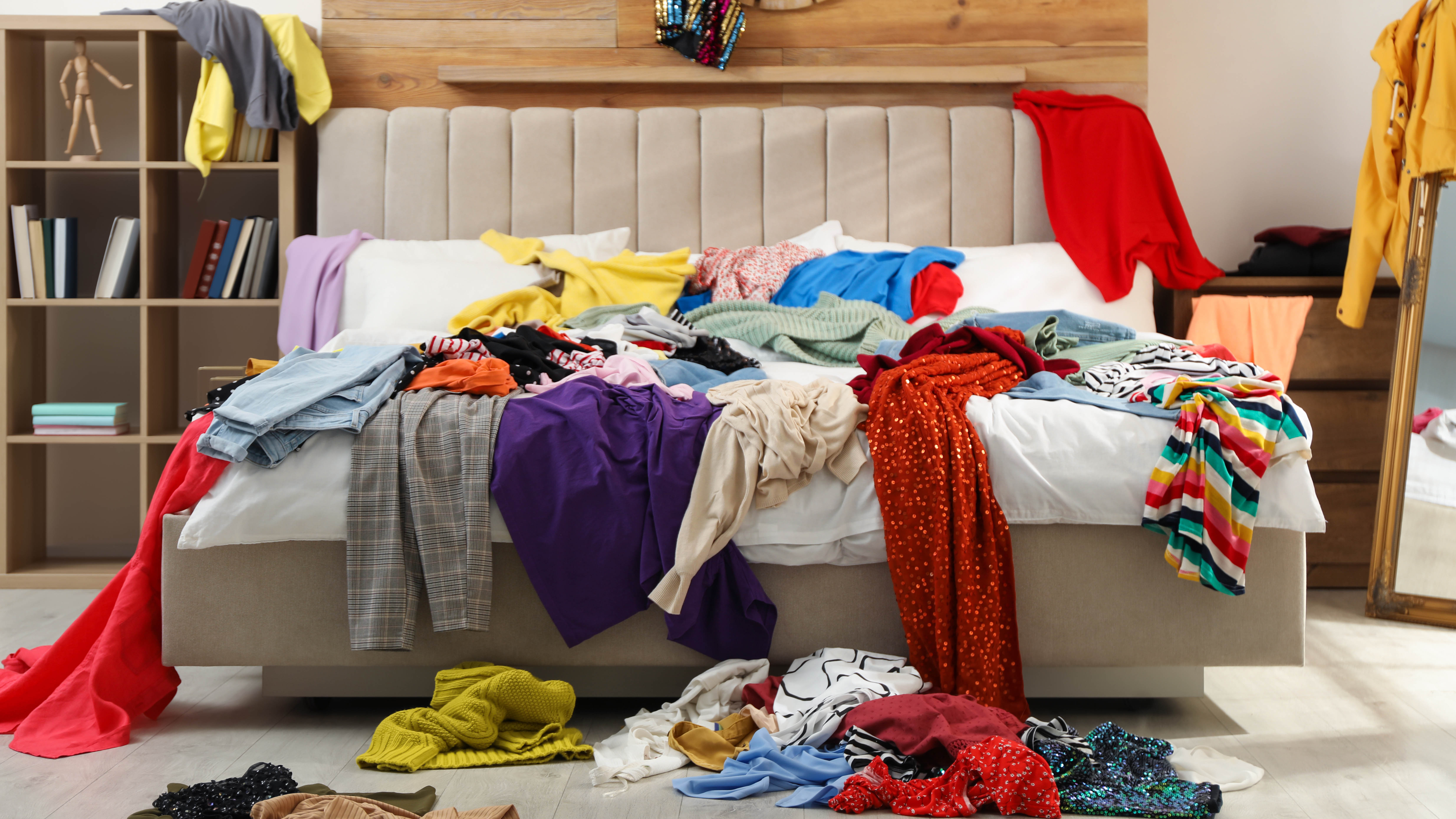
If you know you’ve got bed bugs in your home, you’re going to want to limit their spreading as much as possible while you work on eliminating them. There are several ways bed bugs can travel, but they tend to cling to inanimate fabrics, which is why our suitcases are often hotspots. They won’t usually hang onto the clothes you’re physically wearing because the movement is too aggressive and they’re not a fan of such intense heat. But, any inanimate fabrics or those you carry alongside are certainly at risk.
Considering this, if you know the source, make sure alternative textiles don't come into contact with those areas. For instance, don’t let freshly laundered clothes sit on your carpet. As soon as bed bugs hitch a ride, they could find their way into your dresser. Watch that your bedding doesn’t touch the floor for the same reason — otherwise, the aforementioned bed bug traps will be pointless. Keep infested areas separated from traveling items where possible, and vice versa, to limit bed bugs spreading to new areas. This is also why it’s a good idea to hang guests' coats on a hook near your door rather than draped on any beds. It’s all too easy for bed bugs to spread from one fabric to another.
5. Essential oils

Essential oils have many uses in terms of bug control. These natural fragrances can overwhelm and repel a number of pests, including rodents, mosquitoes and ants. But, they have their uses in terms of bed bugs too. In fact, a study by Purdue University found that certain essential oils could even kill bed bugs when applied directly. 15 different types of oil were tested.
‘All of the chemicals were effective when applied directly to the bed bugs, though the amount needed to kill them varied. Carvacrol, derived from oregano and thyme; thymol (thyme); citronellic acid (lemongrass); and eugenol (clove) were most effective. When tested as fumigants, thymol, carvacrol, linalool (common in basil) and camphor (camphor tree) were most effective.’
Keep in mind that these are by no means as effective as a chemical equivalent. In fact, the study found that killing a bed bug required 70,000 times more of the best performing oil compared to a relevant insecticide. But, considering essential oils still have an impact, it’s nice to know that a natural alternative to chemicals is available to prevent bed bugs, even if only a little. Rubbing alcohol is another alternative you can spray directly on bed bugs to kill them on sight — just keep in mind you still need to deal with any remaining eggs.
6. Be vigilant when you travel
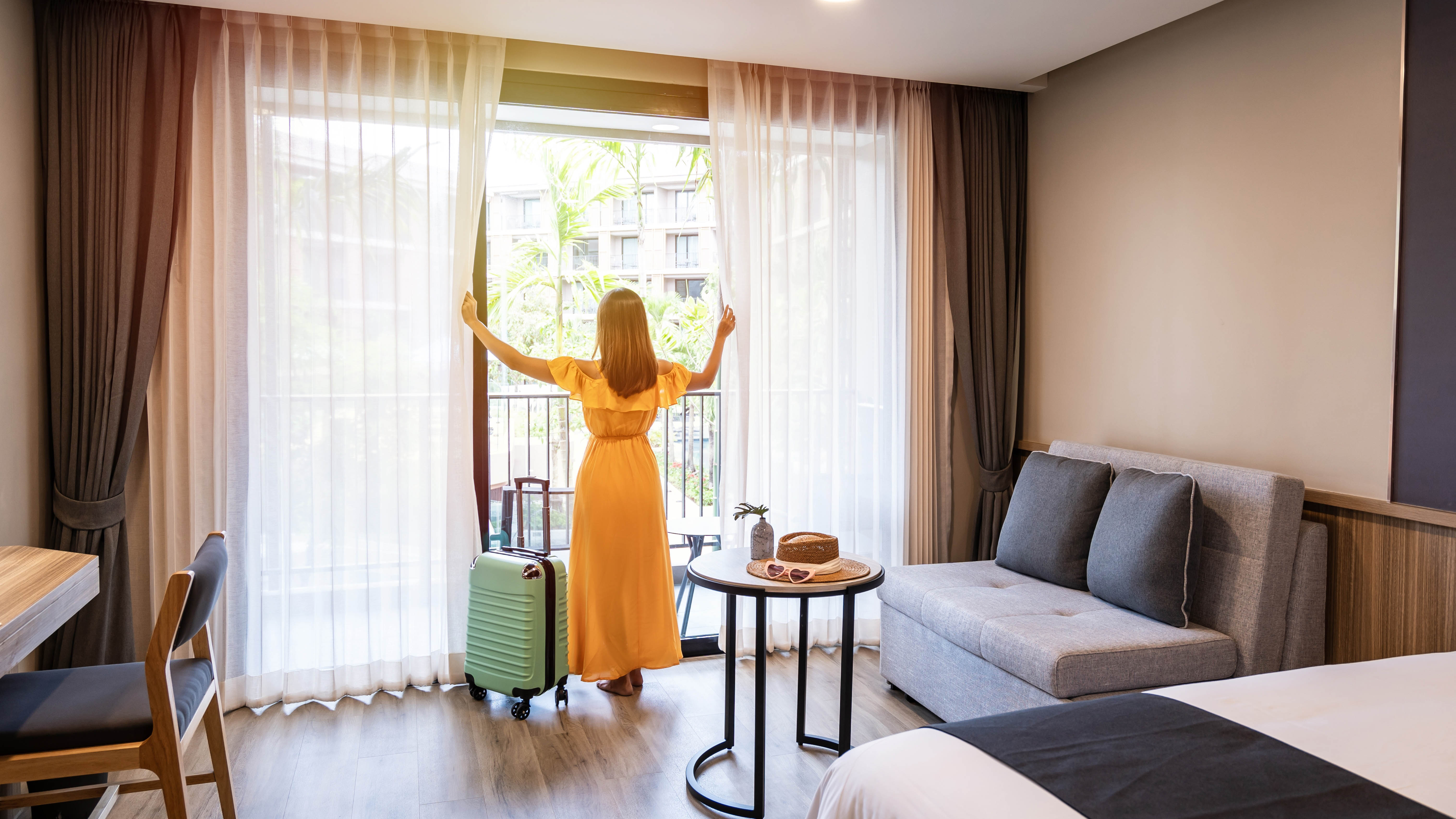
It’s all too common to bring bed bugs home with you when you travel, so it’s a good idea to know what to look for when you check into a hotel room. There are several signs of bed bugs including egg shells, shed skins, ink-like spots of feces and, of course, the bugs themselves. A musty smell may also be present. Inspect the mattress thoroughly, checking cracks, crevices and seams. Use a travel flashlight if you have one. Check around the headboard as well as any surrounding fabrics too, such as cushions and curtains.
If you suspect bed bugs, inform the hotel staff immediately. You will need to vacate the room so it can be inspected and cleaned. Your luggage may need to be cleaned as well if it was exposed. When you return home from your travels, you can also inspect your luggage for bed bugs before bringing it inside to be vigilant. You could alternatively unpack it in the bathroom, shaking clothes over your tub before washing. Keep in mind hotels aren’t the only establishments where bed bugs are common: shared laundry facilities, hospitals and universities are all hotspots.
7. Seal any cracks and gaps in your walls
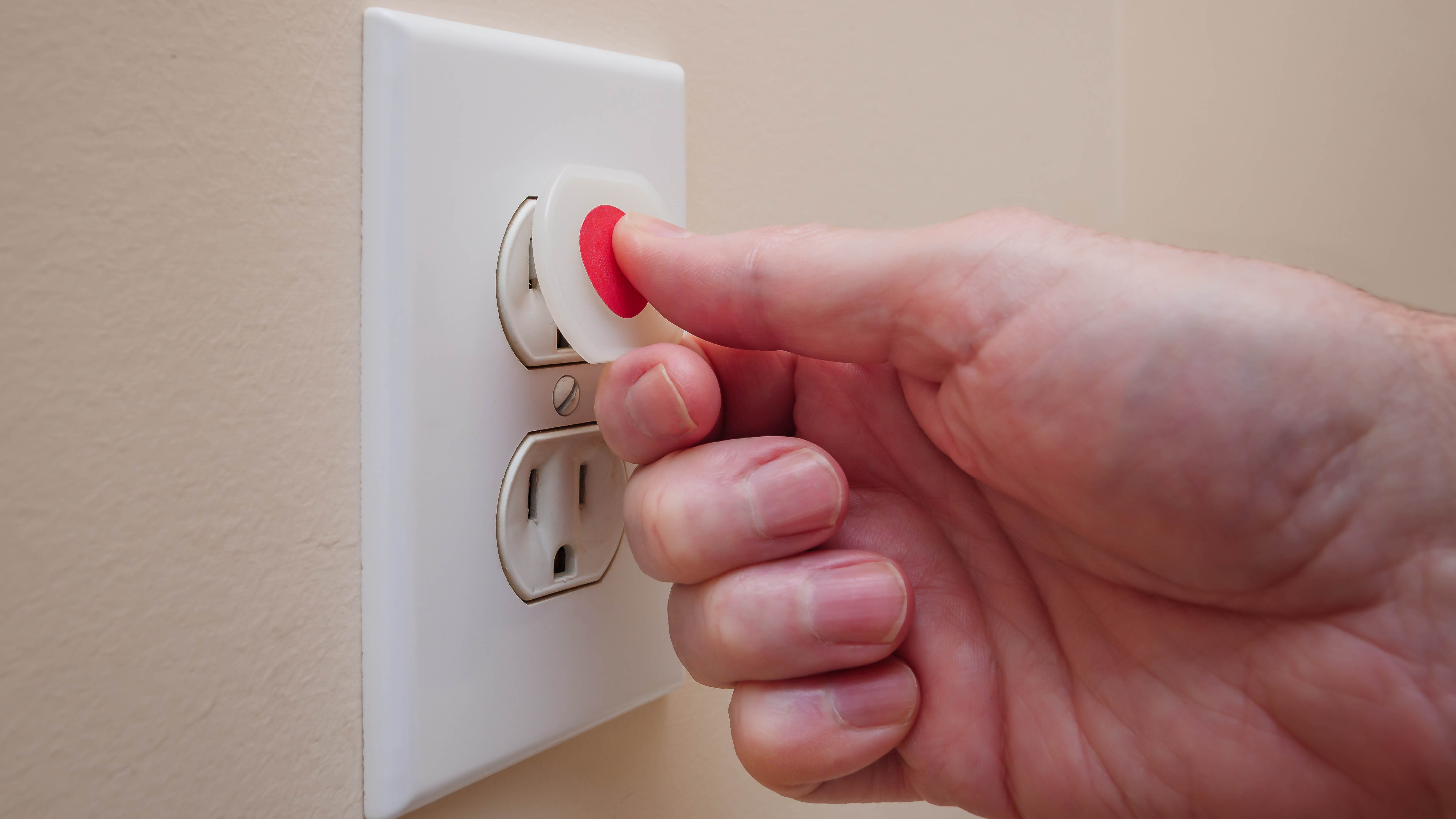
If you share a wall with neighbors, bed bugs may well be able to travel between the properties too. This is because they can fit through tiny cracks and gaps and come out the other side, making their way in through light switches as well as power outlets. With this in mind it’s a good idea to caulk and seal any unnecessary cracks in the walls. You can also buy outlet covers to seal those if neighbors inform you that bed bugs are present, an example being these outlet covers ($7, Amazon).
Be extra vigilant and keep an eye out for bed bugs if your neighbor has them. As they’re eradicated, they’re likely to move to another available environment. Make sure you don't bring the bed bugs in with you if you share a communal space too, such as a hallway. Don’t leave items on the floor, and check your shoes and clothes as you enter. Refrain from physical contact with the neighbor and reach out to your property manager to confirm if a formal inspection or further action is needed with your unit.
More from Tom's Guide

Katie Mortram used to be a Homes Editor for Tom's Guide, where she oversaw everything from kitchen appliances to gardening tools, as well as smart home tech. Specializing in providing expert advice for cleaning and home manintenance, she now works as Household Advice Editor for Good Housekeeping.
